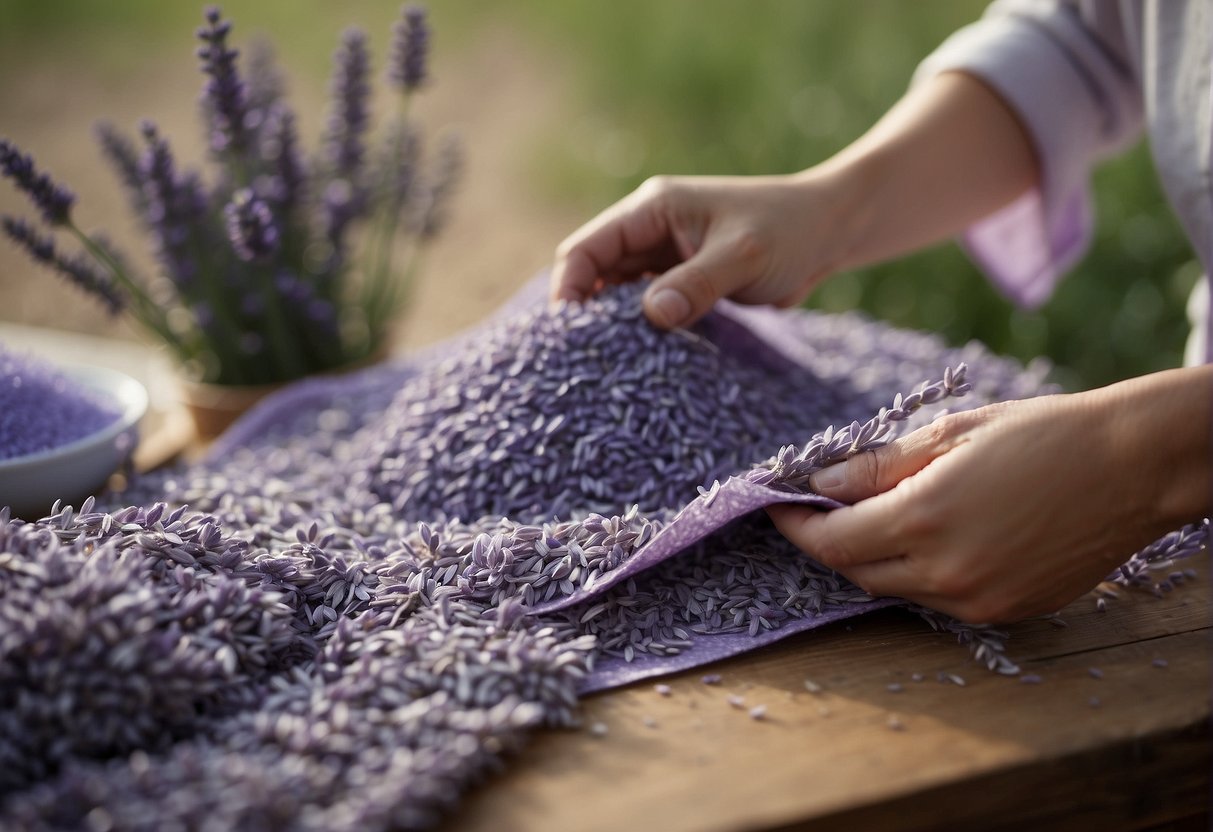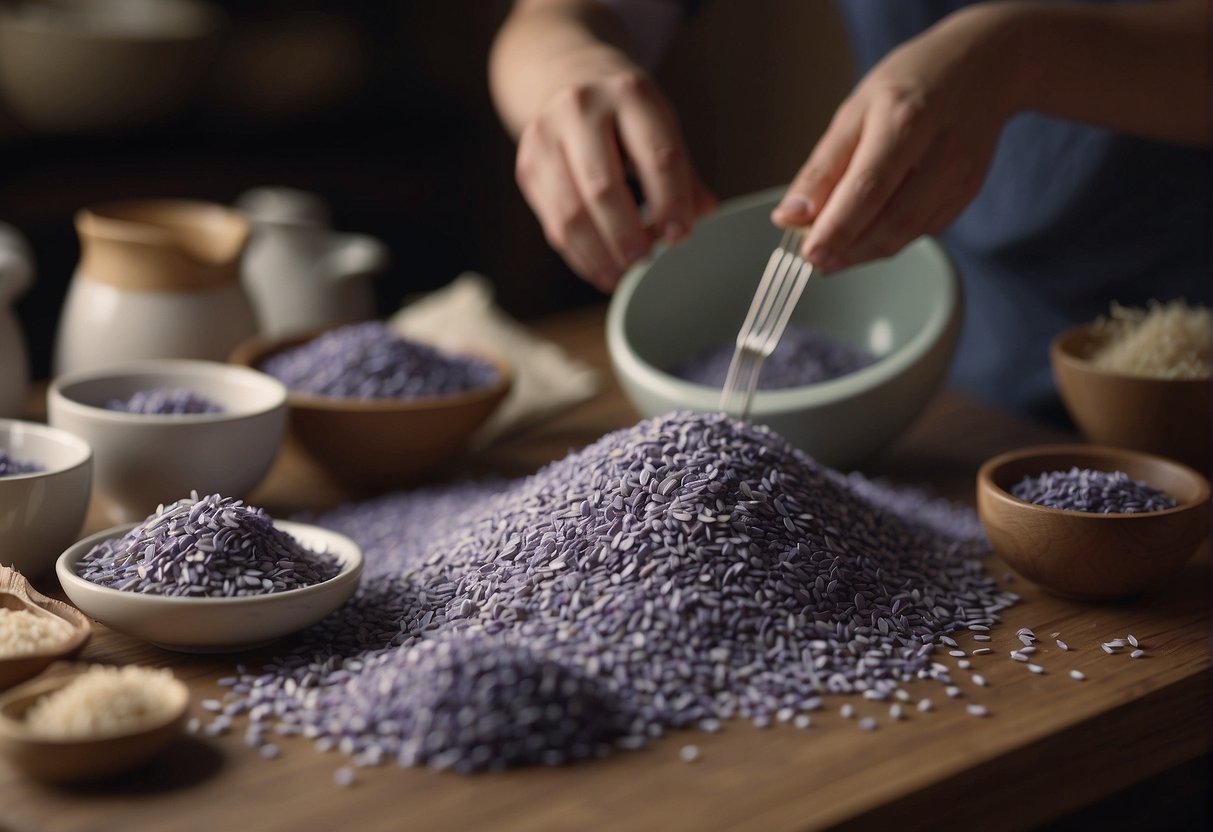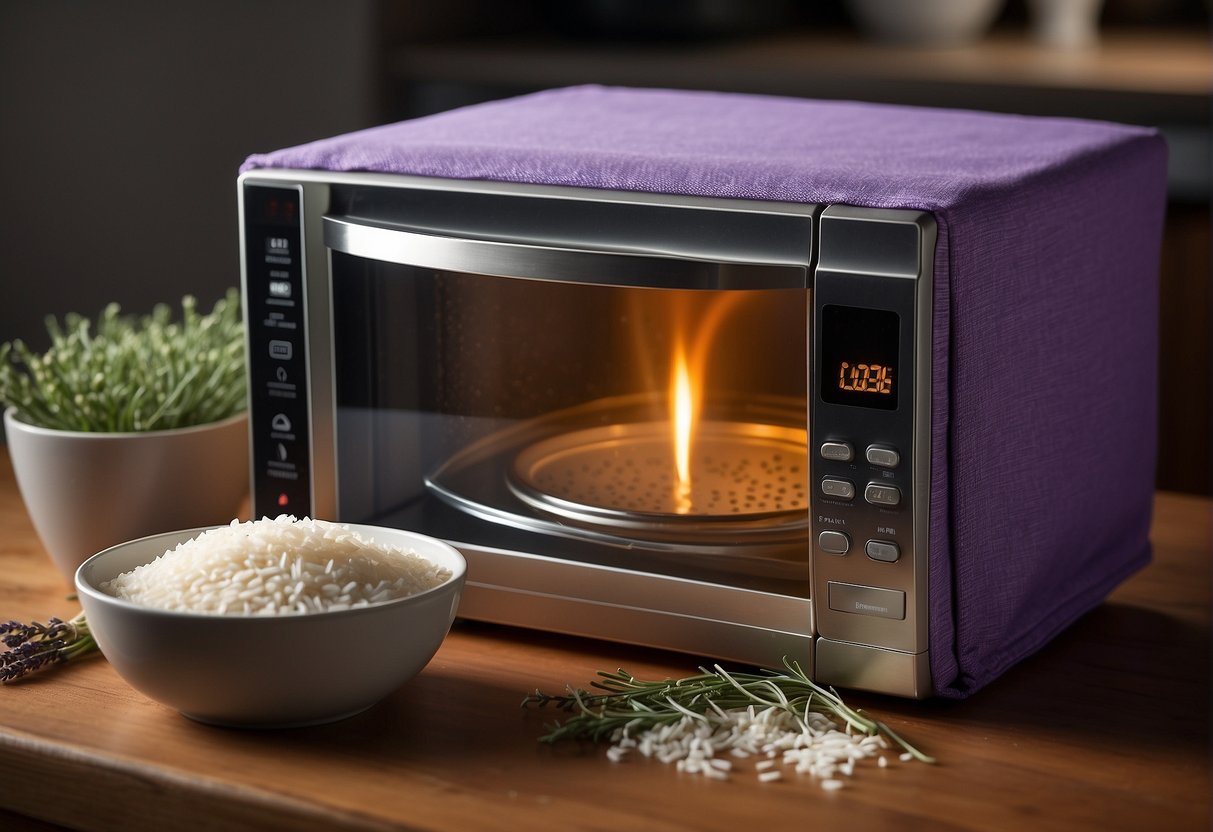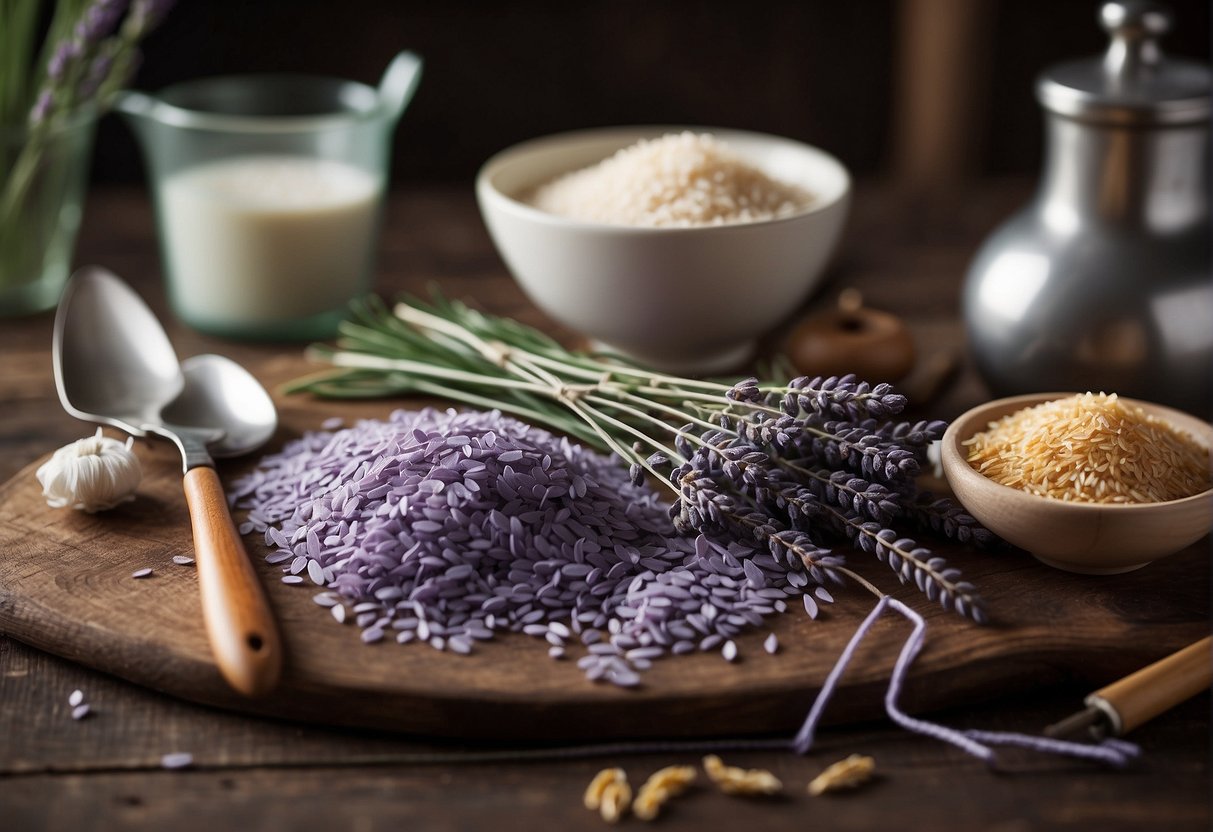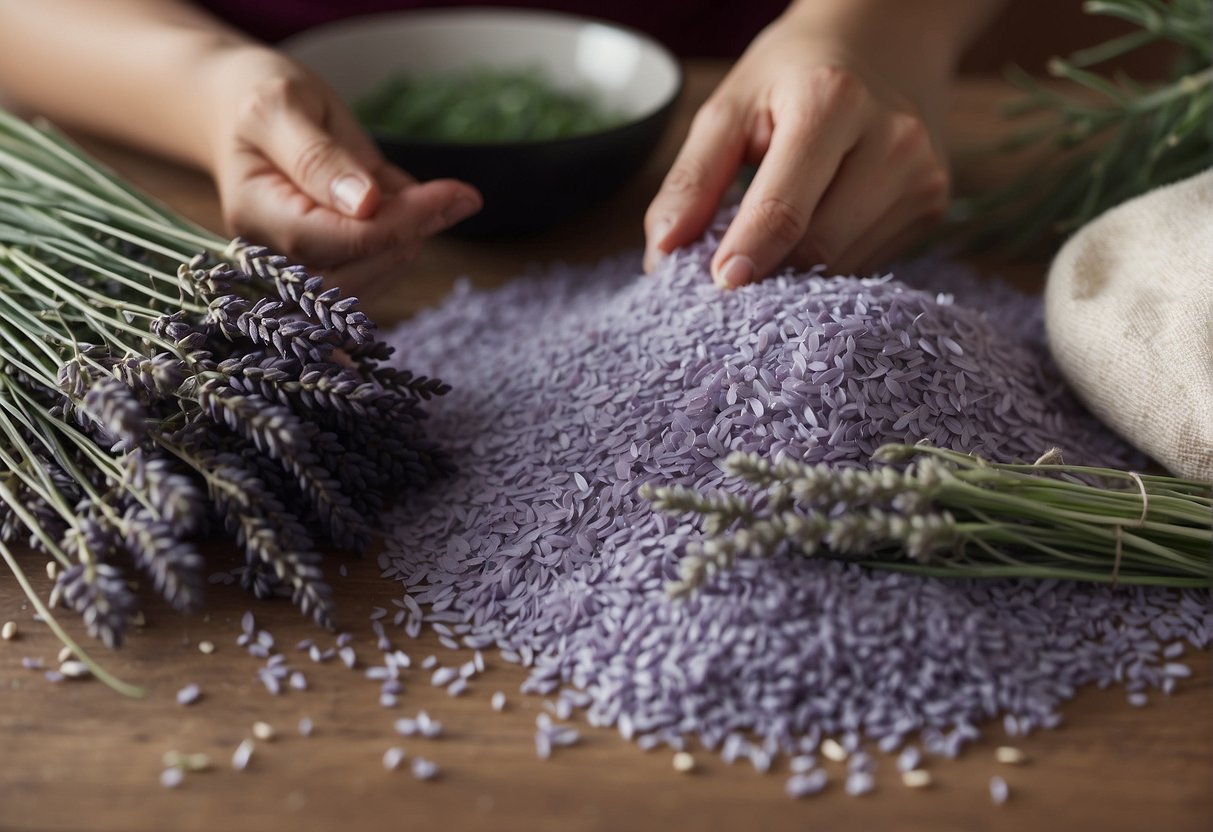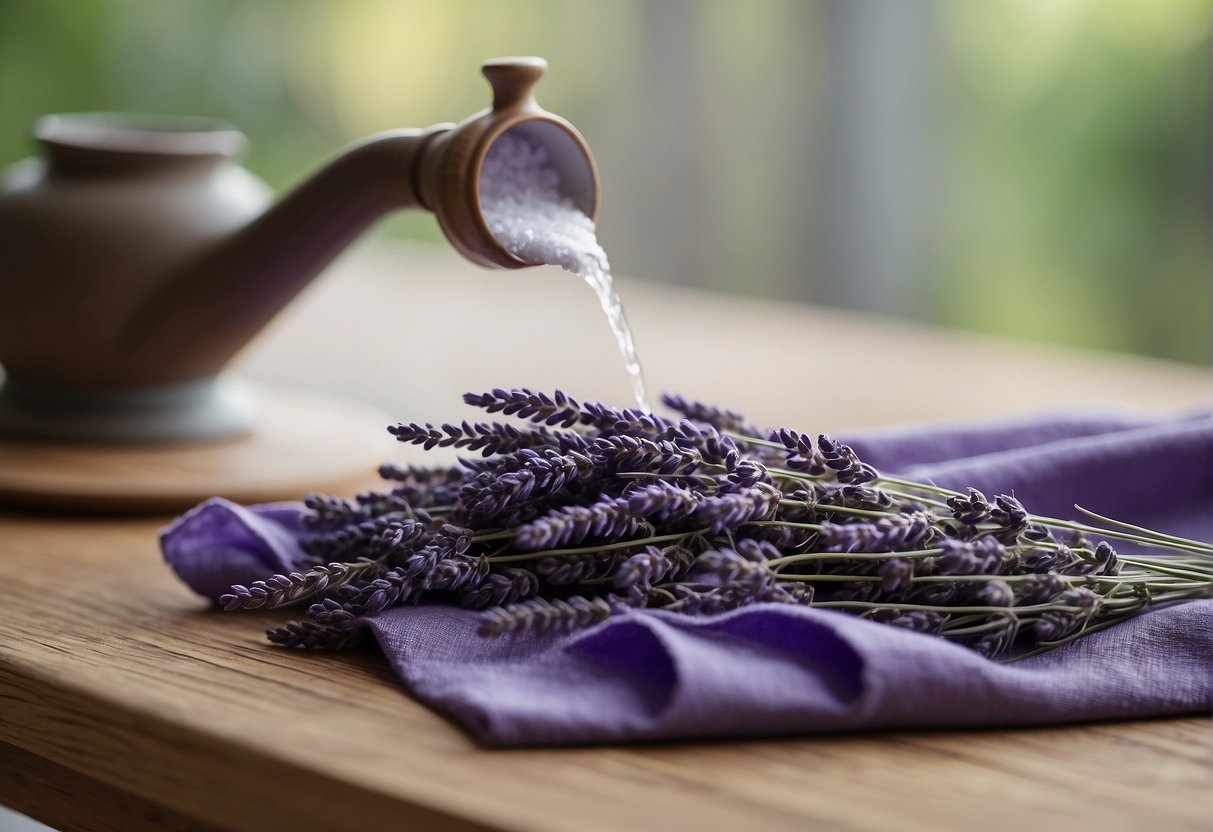Introduction to Heat Packs
Heat therapy, also known as thermotherapy, is a non-invasive method for pain relief. It is often used to mitigate discomfort related to various ailments, including muscle aches, back pain, neck pain, and menstrual cramps. Heat packs, specifically, are a go-to choice for those seeking relief from such conditions.
Heat packs function by increasing blood flow and making connective tissue more flexible. They offer comfort to sore muscles, often resulting in a decreased need for medications. Heat packs can be easily made at home with materials like rice and lavender, which hold heat well and add a soothing aroma.
Common benefits of heat packs include:
- Pain relief: The application of warmth can reduce the perception of pain.
- Relaxed muscles: Heat can reduce muscle tension and spasms.
- Improved mobility: Warmth may enhance flexibility in stiff joints and muscles.
- Menstrual cramp relief: Localized heat can ease the discomfort of cramps.
Different heat packs are designed for various body parts, each shaped to contour to the area such as the lower back, shoulders, or neck. It’s essential to use these packs correctly, following safe heating instructions, to avoid skin damage.
For many seeking relief, a homemade lavender heat pack can be a simple and effective solution. These packs not only alleviate discomfort but also provide a gentle, relaxing scent.
Choosing Materials
Creating a heat pack with lavender requires selecting the right materials to ensure durability, comfort, and functionality. The quality of the fabric and fillers used will greatly affect the final product.
Types of Fabric
Fabric plays a crucial role in the durability and comfort of a heat pack. Cotton is a popular choice because it is breathable, soft, and able to withstand the heat when microwaved. It is important to select a cotton fabric with a tight weave to prevent the filler from leaking out. For added aesthetic appeal, consider choosing a fabric with a lavender-themed pattern or in calming hues.
- Preferred Fabric: 100% Cotton
- Weave Type: Tight
- Patterns: Lavender-themed (optional)
Selecting Fillers
The choice of filler for a lavender heat pack is essential for heat retention and aroma release. Uncooked rice is a common filler due to its excellent heat-retaining properties. For a more textured feel, barley can be used as an alternative. Both fillers work well when combined with lavender for a soothing aroma.
- Filler Options: Rice or Barley
- Aromatic Additive: Dried Lavender
- Heat Retention: Excellent for Rice, Good for Barley
Incorporating dried lavender adds a soothing aroma, which enhances the therapeutic experience of the heat pack. When selecting materials, bear in mind their heat tolerance and ability to contain both the fillers and dried lavender securely.
Creating a Lavender Mixture
The process of making a lavender mixture for heat packs involves careful blending of dried lavender and other elements to achieve a soothing aromatic experience. This mixture not only carries the fragrance of lavender but also aids in the relaxation process.
Combining Lavender with Other Ingredients
To create the foundation for your heat pack mixture, start by mixing dried lavender buds with rice. The rice serves as a natural filler that retains heat and allows for even distribution of warmth. A recommended proportion is one part lavender to two parts rice. This blend ensures that the scent is noticeable without being overwhelming. The rice also provides a desirable texture, complementing the soft floral notes of the lavender.
Essential Oils for Enhanced Benefits
For a more potent aromatic effect, adding a few drops of lavender essential oil to the rice and lavender bud mixture can enhance the benefits of aromatherapy. Essential oils are known for their relaxation properties, and lavender oil, in particular, is acclaimed for its calming effects. Incorporate the essential oil with the lavender and rice mix, ensuring even distribution to avoid any concentration pockets. This amplified mixture not only improves the scent longevity of your heat pack but also maximizes the relaxation experience.
Sewing Techniques
In creating a homemade heating pad with lavender, mastering the sewing techniques is essential for a durable and effective product. Accurate cutting, careful stitching, and proper sealing are vital to ensure the heat pack’s longevity and safety.
Preparing the Fabric
Before sewing, select a high-quality cotton fabric that’s cut to the desired dimensions of the heating pad. It should be large enough to hold the desired amount of filling, typically lavender, and a heat-retaining material like rice or buckwheat hulls. Cut two pieces of fabric to allow for front and back panels, ensuring an additional inch on each side for seam allowance. Iron the fabric to remove any wrinkles, which will facilitate a smoother sewing experience.
Stitching and Sealing
Using a sewing machine for consistency and strength, begin stitching the fabric panels together. Leave a small section open for the filling to be inserted later. For the thread, select a durable string that can withstand heat and frequent use. Once the sides are sewn and the filling is in place, carefully stitch the open section closed. It’s crucial to double-check the stitching for any gaps to prevent the filling from escaping during use. For a DIY touch, consider adding a loop of string at one end of the heat pack for easy storage.
Heating Methods
When creating lavender heat packs, one must select an appropriate method to heat them safely and effectively. It’s crucial to prevent any damage to the contents as well as avoid potential burns.
Microwave Usage
The microwave is a common and efficient method to heat your lavender heat pack. To do this, one should ensure there is no metal on the heat pack. Typically, microwaving the pack for 2 minutes on high is sufficient. It’s important to evenly distribute the contents before heating to avoid hot spots. Always touch test the pack before applying to the skin to prevent burns.
Alternative Heating Options
While using the microwave is straightforward, there are other ways to heat a lavender heat pack. Preheating an oven to a low temperature and placing the pack inside for a short period can gently warm it. Another option would be to heat water to a boil, remove it from the fire, and then place the heat pack in the hot environment, taking care not to immerse it in water. With each method, monitoring closely is vital to ensure that the pack does not overheat and cause burns.
Safety and Usage Guidelines
When creating lavender heat packs, it is essential to prioritize safety and understand the best practices for usage to maximize the therapeutic benefits while avoiding harm.
Preventing Burns and Fire Risks
Use of Heat Packs: Always monitor the temperature of your heat pack before applying it to your skin. For individuals with conditions that affect skin sensitivity, such as diabetes, special care should be taken to prevent burns. Do not overheat the pack, as excessively hot materials can catch fire or cause burns.
- First Use: Test the heat pack on a small area of skin before full application to avoid burns.
- Heating Instructions: Follow specific heating instructions to avoid fabric combustion and never leave a heat pack unattended in the microwave.
- Material Safety: Utilize natural fabrics that are less likely to ignite and can withstand repeated heating.
Usage Tips for Maximum Comfort
Maximizing Heat Therapy Benefits:
- Duration: Apply the heat pack for 15-20 minutes to help to increase blood flow, reduce swelling, and alleviate aches and pains.
- Placement: Place the lavender heat pack on areas of stiffness or backache to relax muscles and reduce stress.
Proper Usage:
- On Skin: Ensure the pack is wrapped in a thin cloth if it feels too hot directly on skin to prevent discomfort.
- Heat Levels: Adjust heat levels based on personal comfort and start with a lower temperature, gradually increasing as needed.
- Regular Intervals: Use at regular intervals for persistent issues, but allow skin to return to a normal temperature between sessions.
Utilizing heat therapy can offer relief for a variety of conditions, but it’s important to always use lavender heat packs with caution to experience their full benefits safely.
Maintenance and Care
Proper maintenance ensures the longevity of your homemade heating pad while preserving its soothing qualities. Adhering to correct cleaning practices and storage advice will keep the pad in optimal condition.
Cleaning Instructions
Lavender heat packs require gentle care to maintain their therapeutic properties. Upon soiling, detach any removable covers and wash separately according to the fabric care label. The rice and lavender-filled inner bag should not be immersed in water. Instead, it can be spot-cleaned with a damp cloth and mild detergent. Allow the inner bag to air dry completely in a well-ventilated area before reusing or storing.
Storage Advice
When not in use, store your lavender heat pack in a cool, dry place to prevent mildew and preserve the lavender’s aroma. Placing the pack in a sealed container or plastic bag can keep it clean and enhance the longevity of the fragrance. For optimal freshness, consider adding a couple of extra dried lavender buds to the container every few months.
Customizing Heat Packs
Creating personalized heat packs involves selecting specific aromas and adjusting the size and shape to fit individual needs and preferences. Incorporating lavender oil can provide a soothing aromatherapy experience, while choosing an appropriate container, such as a tube sock, ensures ease of use and comfort.
Aromatherapy Additions
Lavender Oil: Adding a few drops of lavender oil to the filling of your heat pack can offer a calming scent. The fragrance is known to aid in relaxation and stress relief. When filling your DIY heat pack, mix the lavender oil with the rice or flaxseed to evenly distribute the scent.
Other Essential Oils: For those who prefer different scents, there is the option to use various essential oils. Chamomile promotes sleep, while eucalyptus may aid in congestion relief. Always mix the essential oils thoroughly with the pack’s contents.
Size and Shape Variations
Tube Sock Heat Packs:
- Simple: Fill a clean tube sock with rice and secure the end by tying a knot.
- Custom Sizes: Adjust the amount of filling to produce a smaller or larger pack, depending on the intended use.
DIY Design Flexibility:
- Shapes: You can craft heat packs in different shapes to conform to various body parts, like a long strip for the neck or a large square for the back.
- Comfort: Use soft materials and ensure edges are sewn securely for added comfort during use.
Frequently Asked Questions
This section provides answers to common inquiries about creating your own lavender heat packs, specifying the materials, methods, and safety tips for DIY enthusiasts.
What materials are needed to create a DIY lavender heating pad?
To create a lavender heating pad, one will need dried lavender buds, uncooked white rice, and fabric of choice. These items come together to form a fragrant and therapeutic heat pack.
How long should a lavender heat pack be microwaved for safe use?
It is safe to microwave a lavender heat pack for one to three minutes. The exact time can depend on the size of the heat pack and the wattage of the microwave.
What is the optimal fabric for creating a durable and comfortable heat pack?
Cotton is often recommended for its durability and comfort when creating a heat pack. It holds heat well and provides a soft touch for the skin.
Can essential oils be incorporated into handmade rice heat bags, and if so, how?
Yes, essential oils can be added to rice heat bags. Simply sprinkle a few drops of lavender essential oil onto the rice before sewing the fabric closed which will enhance the scent when heated.
Is it possible to make a heat pack suitable for a lunch box and how?
A smaller heat pack can be made with the same materials and used as a lunch box warmer. One should ensure it’s the right size and properly sealed to prevent any rice spillage.
What are the steps to crafting a homemade heating pad filled with rice and lavender?
The steps include cutting two fabric rectangles, placing them right sides together, sewing three edges, turning right side out, adding rice and lavender, then sewing the opening closed. This results in a homemade heating pad that can be heated in the microwave.


